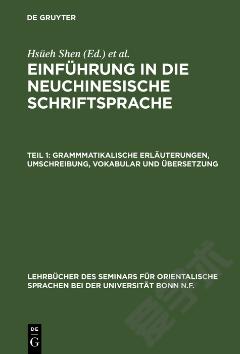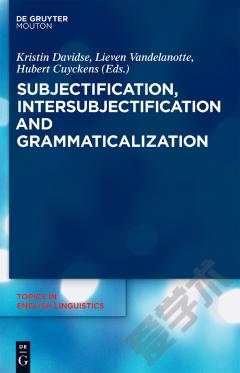French Dislocation —— Interpretation, Syntax, Acquisition
----- 法语脱位:释义,语法,采集
The pervasive use of dislocations (as in Le chocolat, câest bon) is a key characteristic of spoken French. This book offers various new and well-motivated insights, based on tests conducted by the author, on the syntactic analysis, prosody, and the interpretation of dislocation in spoken French. It also considers important aspects of the acquisition of dislocation by monolingual children learning different French dialects. The author argues that spoken French is a discourse-configurational language, in which topics are obligatorily dislocated. She develops a syntactically parsimonious account, which maximizes the import of interfaces involved with discourse and prosody. She proposes clear diagnostics, following a reexamination of the status of subject clitics and a reevaluation of the characteristic prosody of dislocated constituents. The theoretical arguments throughout the book rest on data that comes from corpora of spontaneous production and from various elitication experiments. This book throws new light on French syntax and prosody and makes an important and original contribution to the study of linguistic interfaces. Clearly expressed and tightly argued, it will interest scholars and advanced students of French and of its acquisition as a first language as well as linguistic theorists interested in the interfaces between syntax, discourse, and phonology.
{{comment.content}}








 京公网安备 11010802027623号
京公网安备 11010802027623号